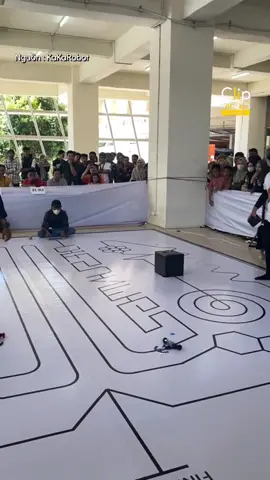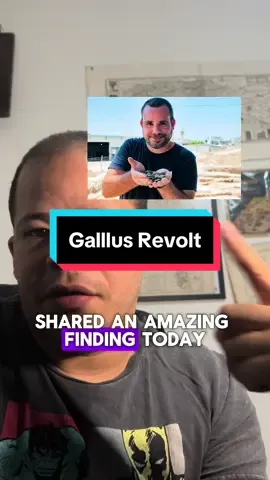Apachi Ahill
Region: UA
Sunday 29 December 2024 18:20:52 GMT
357
93
10
2
Music
Download
Comments
★ :
имба🔥
2024-12-29 19:05:23
1
грими в подвале :
как всегда шикарно мастер 🔥🔥🔥
2024-12-29 18:26:29
1
user1457890 :
🔥🔥🔥🔥🔥🔥🔥🔥🔥🔥
2024-12-29 19:25:54
1
👩🏿🦲 :
😍😍😍
2024-12-29 19:05:16
1
nya.choco_cat :
🔥
2024-12-29 18:22:38
1
To see more videos from user @apachialex, please go to the Tikwm
homepage.







